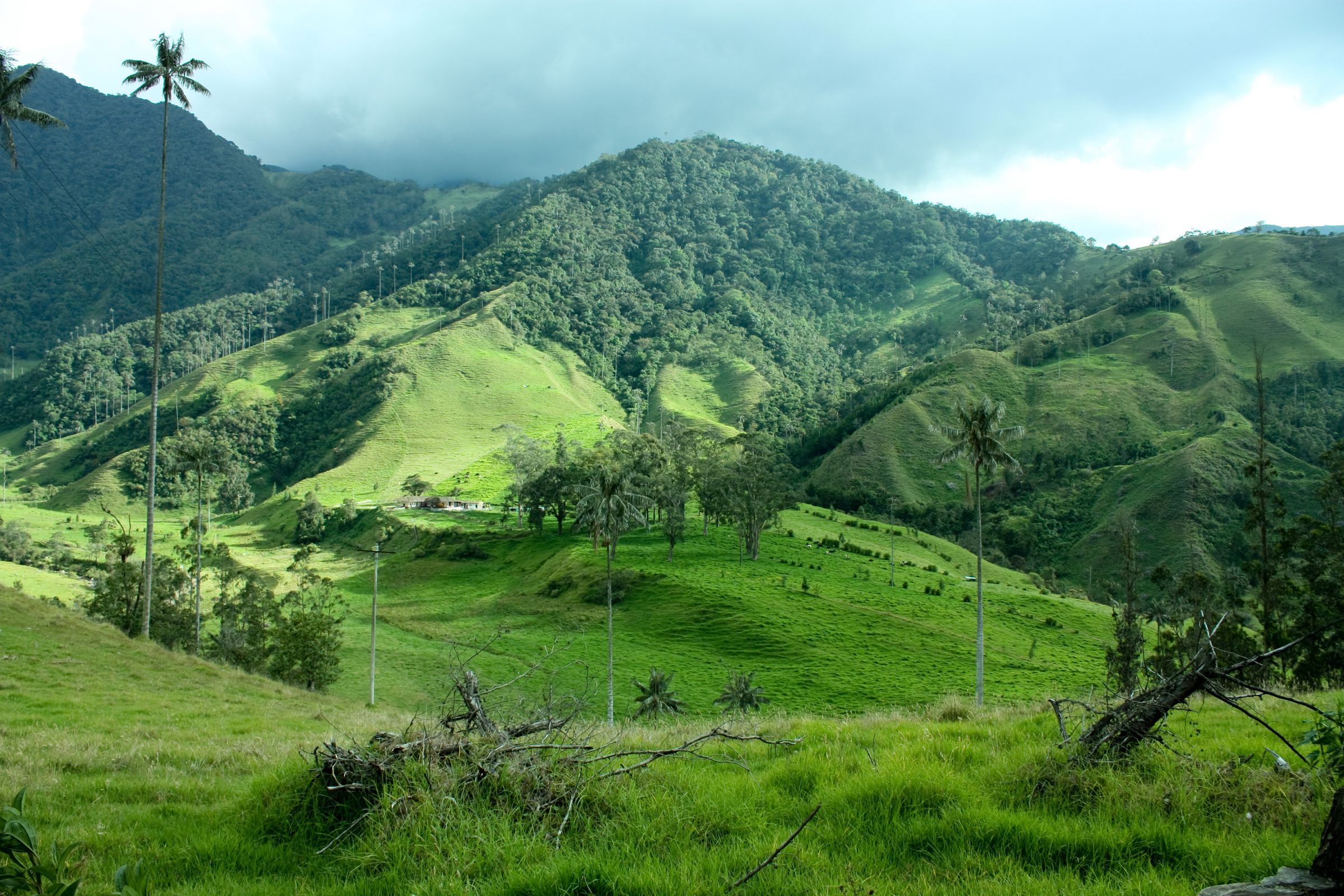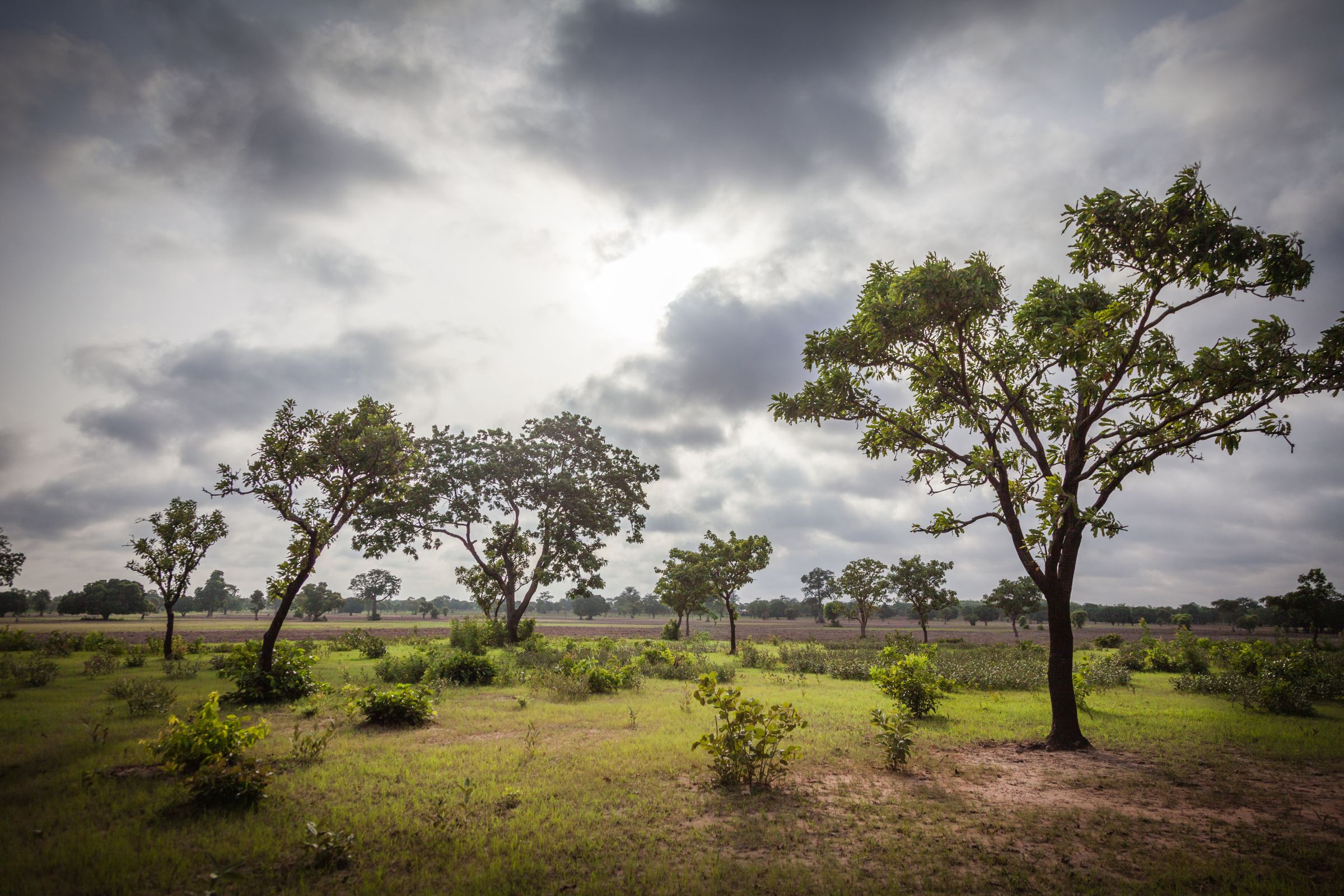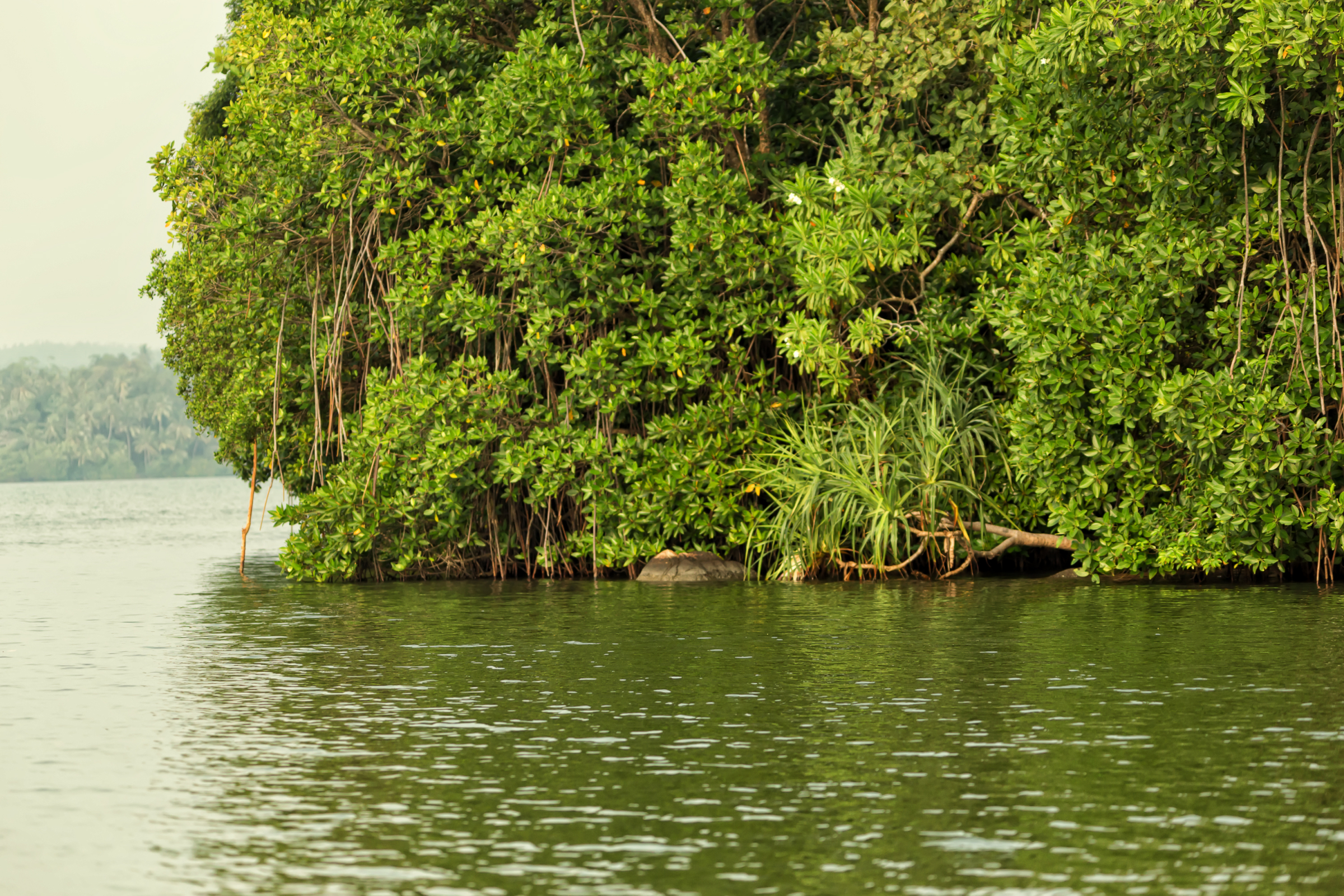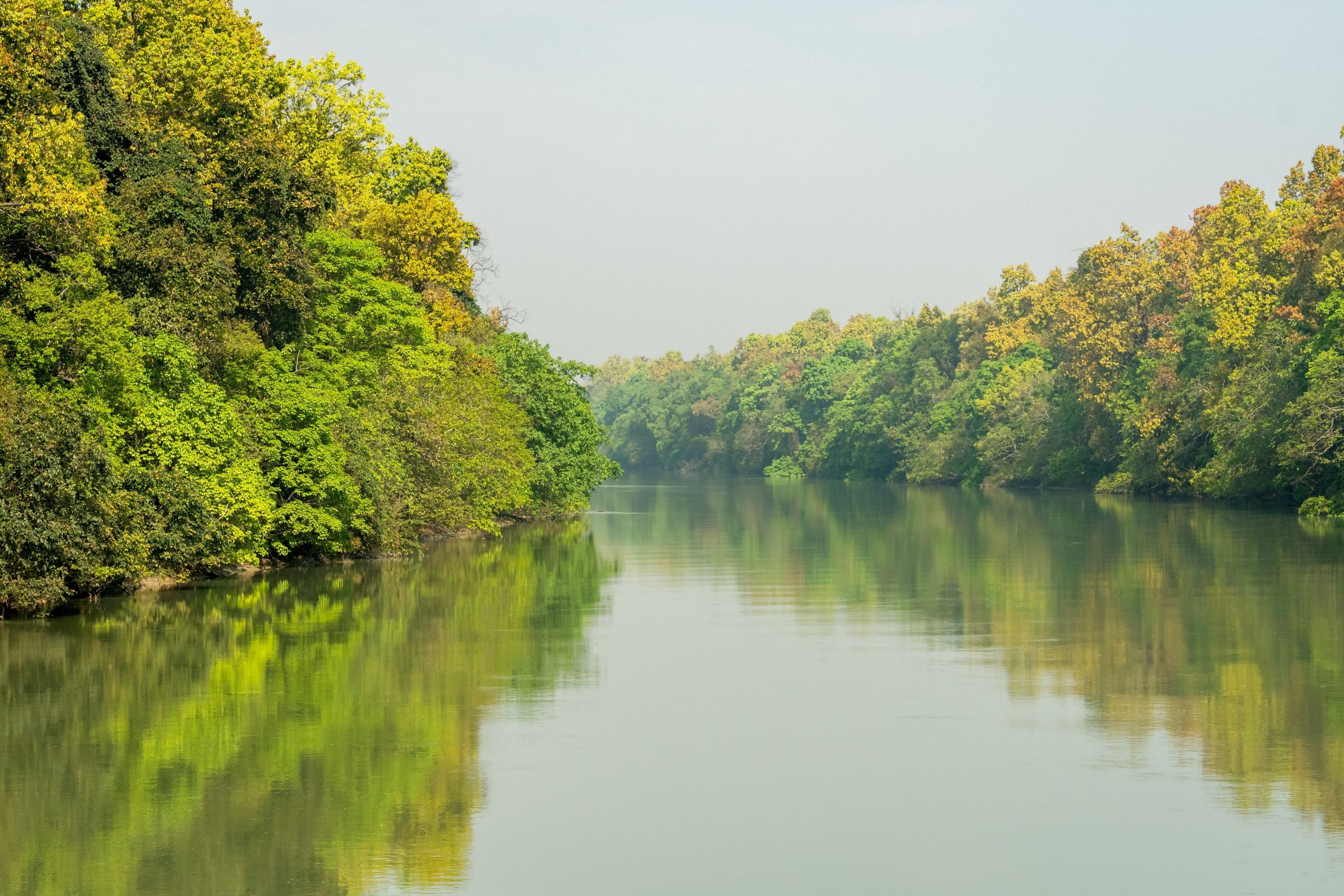UN Recognizes Seven World Restoration Flagship Initiatives

Seven environmental initiatives from Africa, Latin America, the Mediterranean, and South Asia have been recognized by the The World Restoration Flagship awards. These awards are a part of the UN Decade on Ecosystem Restoration, which aims to reverse the degradation of ecosystems on every continent and in the ocean.
The World Restoration Flagships are chosen as the best examples of ongoing, large-scale and long-term ecosystem restoration. Selection follows a thorough review process with over 60 indicators and criteria, embodying the 10 Restoration Principles of the UN Decade.
Together, the seven new flagships are expected to restore nearly 40 million hectares and create around 500,000 jobs.
Learn about all the awarded initiatives below!
NAAEE is proud to be a Supporting Partner of the UN Decade on Ecosystem Restoration. The Foundation for Environmental Education (FEE), UNESCO, and NAAEE are leading the Restoration Decade’s Education Challenge 6.1, which aims to embed ecosystem restoration education into formal and non-formal education systems worldwide by 2030. This challenge requires the collective effort of governments, educators, students, and communities worldwide to achieve this goal. Education is a cross-cutting theme that must be prioritized in all environmental initiatives.
Learn more the UN Decade on Ecosystem Restoration and Education Challenge 6.1
Accion Andina (Argentina, Bolivia, Chile, Ecuador, Peru)
Acción Andina is a social movement to save the Andean forests, home to one-sixth of the planet’s plant life. This community-led restoration initiative ultimately aims to protect and restore one million hectares of forest. 25,000 people from remote Andean communities are already engaged in restoring 5,000 hectares and protecting over 11,000 hectares of Andean forests.
Partners in this initiative include the Asociación Ecosistemas Andinos (ECOAN) and Global Forest Generation (GFG).

African Farmers Transforming Food Systems (Mali, Senegal, Tanzania, Uganda, Kenya)
The Forest Garden Program, launched in 2015, includes multiple projects across Sub-Saharan Africa. The Forest Garden Program works to replace unsustainable farming practices with researched regenerative agroforestry practices by equipping farmers with essential training, supplies and equipment. By planting tens of millions of trees every year, this initiative aims to expand from 41,000 restored hectares today to 229,000 hectares by 2030. This initiative helps not only the land, but also the people who rely on it for their livelihoods by creating sustainable job opportunities.
Partners in this initiative include Trees for the Future.

Living Indus (Pakistan)
The Living Indus initiative was approved by Pakistan’s parliament in the wake of the devastating 2022 climate-change induced floods with the aim to restore 25 million hectares of the Indus River by 2030. The Indus Basin is home to approximately 90% of Pakistan’s population and three-quarters of its economy and is responsible for the irrigation of over 80 percent of the country’s arable land. However, negligence, environmental degradation, and climate change have threatened the river’s ecosystem, including its abundant fish and fertile lands. This initiative designates the Indus River as a living entity with rights – a measure taken to protect rivers elsewhere, including in Australia, Bangladesh, Bolivia, Brazil, Canada, Ecuador, India, New Zealand, Peru, and Sri Lanka.
Partners in this initiative include the Government of Pakistan, FAO and other UN agencies.

Mangrove Regeneration (Sri Lanka)
In Sri Lanka, mangrove forests are immensely valuable coastal ecosystems that thrive at the border between land and sea and serve as an important bridge between marine and terrestrial biodiversity. The livelihoods of coastal communities in Sri Lanka are highly dependent on marine and coastal ecosystems. Nevertheless, climate change and human activities are posing threats to this unique ecosystem. The Sri Lanka Mangrove Regeneration Initiative is science-driven, co-led by local communities, and focused on restoring the natural balance in the ecosystem. Since the initiative was launched in 2015, efforts have already resulted in the restoration of 500 hectares of mangroves, benefiting 150 households. Some 10,000 hectares are slated for restoration by 2030, with 5,000 households to benefit and more than 4,000 new jobs to be created.
Partners in this initiative include the Sri Lanka Ministry of Environment and the governments of Australia, the UK and USA.

Regreening Africa (Ethiopia, Ghana, Kenya, Mali, Niger, Rwanda, Senegal, Somalia)
The Regreening Africa initiative has been using proven agroforestry techniques, adapted to suit the needs of farmers under varying socio-ecological contexts in the past two decades, to restore over 350,000 hectares in Ethiopia, Ghana, Kenya, Mali, Niger, Rwanda, Senegal, and Somalia. By 2030, a further five million hectares are planned to be restored. The initiative is expected to benefit more than 600,000 households. It is also increasing carbon storage, boosting crop and grass yields, and making soil healthier and more resilient.
Partners in this initiative include CARE Nederland, Catholic Relief Services, CIFOR-ICRAF, Oxfam, Regreening Africa, Sahel Eco, and World Vision Australia.

Restoring Mediterranean Forests (all Mediterranean countries, with focus on Lebanon, Morocco, Tunisia, Türkiye)
The Mediterranean basin is the world’s second largest biodiversity hotspot, but 16% of its forest species are threatened with extinction, in part due to climate-driven longer drought periods, extreme heat waves, and wildfires. In the past decade, the region has experienced the worst fire seasons on record. The Restoring Mediterranean Forests Initiative, which involves Lebanon, Morocco, Tunisia, and Türkiye, consists of a novel approach to protecting and restoring these natural habitats and vulnerable ecosystems. It has led to the restoration of two million hectares of forests across the region since 2017, and eight million hectares are to be restored by 2030.
The initiative is supported by FAO’s Committee on Mediterranean Forestry Questions – Silva Mediterranea, the governments of Lebanon, Morocco, Tunisia, and Türkiye, and The Association for Forests, Development and Conservation Lebanon (AFDC).

Terai Arc Landscape (Nepal)
Over seven million people depend on the Terai Arc Landscape, which stretches over 5.10 million hectares across India and Nepal. It is one of the world’s most critical habitats for tigers whose numbers have sharply declined as well as other species, such as rhinos and elephants, that face habitat loss, degradation, and human-wildlife conflict. This initiative has focused on restoring the forests of critical wildlife corridors of the area. It collaborates with local communities, empowering them to work as citizen scientists, anti-poaching units, forest guards, and social mobilizers. This initiative has restored 66,800 hectares of Nepal’s forests and has improved the livelihoods of about 500,000 Nepalese households. 350,000 hectares are aimed to be restored by 2030. Additionally, the tiger population of the landscape has more than doubled since the program started in 2001. The area’s tiger population is now approximately 1,174.
The World Wide Fund for Nature (WWF) Nepal is the primary partner in this initiative, supporting the Nepalese government.

Explore the Video Series Restore: Films from the Frontiers of Hope
This video series highlights the first ten UN World Restoration Flagships and showcases examples of how humanity can achieve the goals of the new Global Biodiversity Framework. These videos will take you around the world, from the Ganga river to the Sahel, and are an excellent resource for educators!
